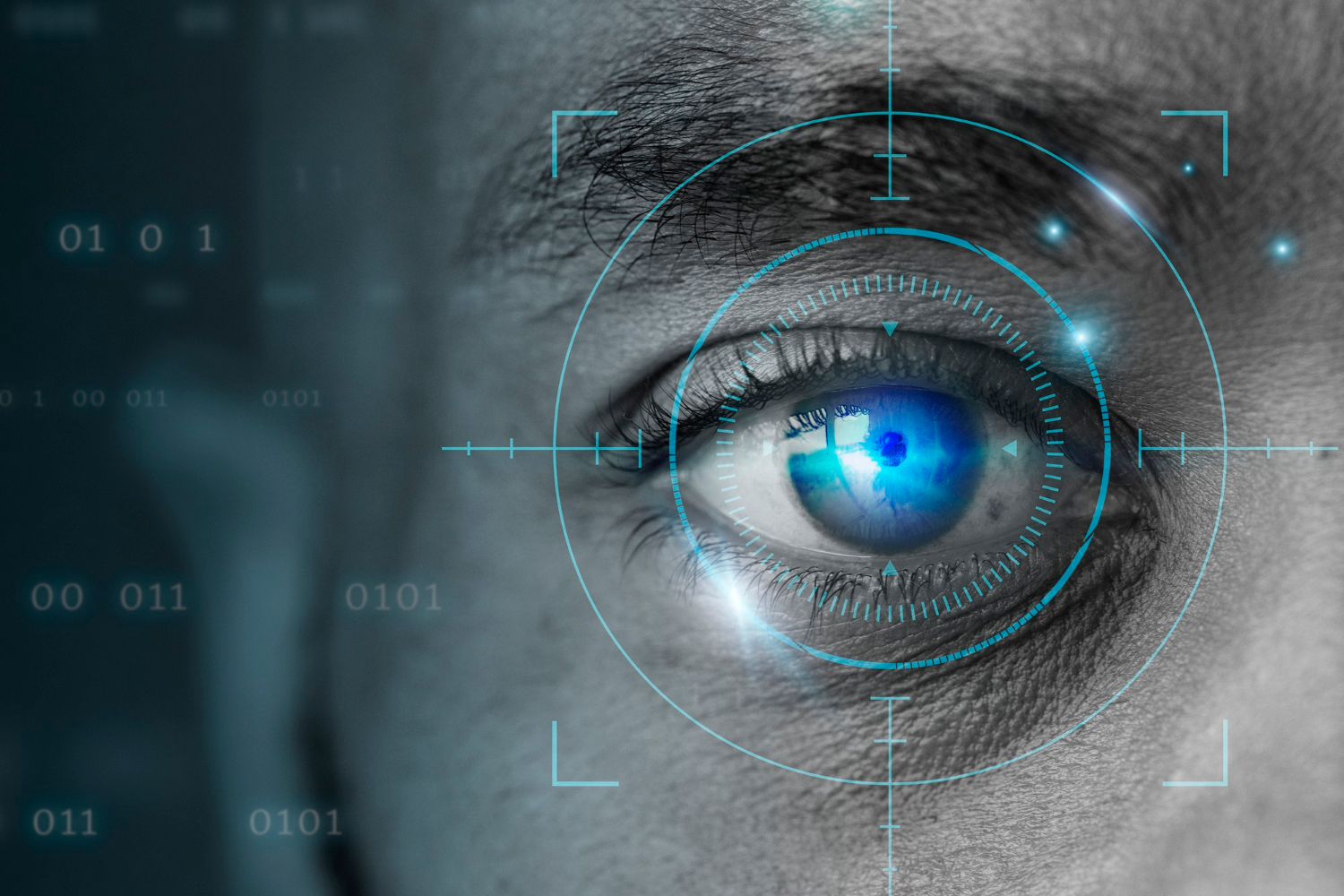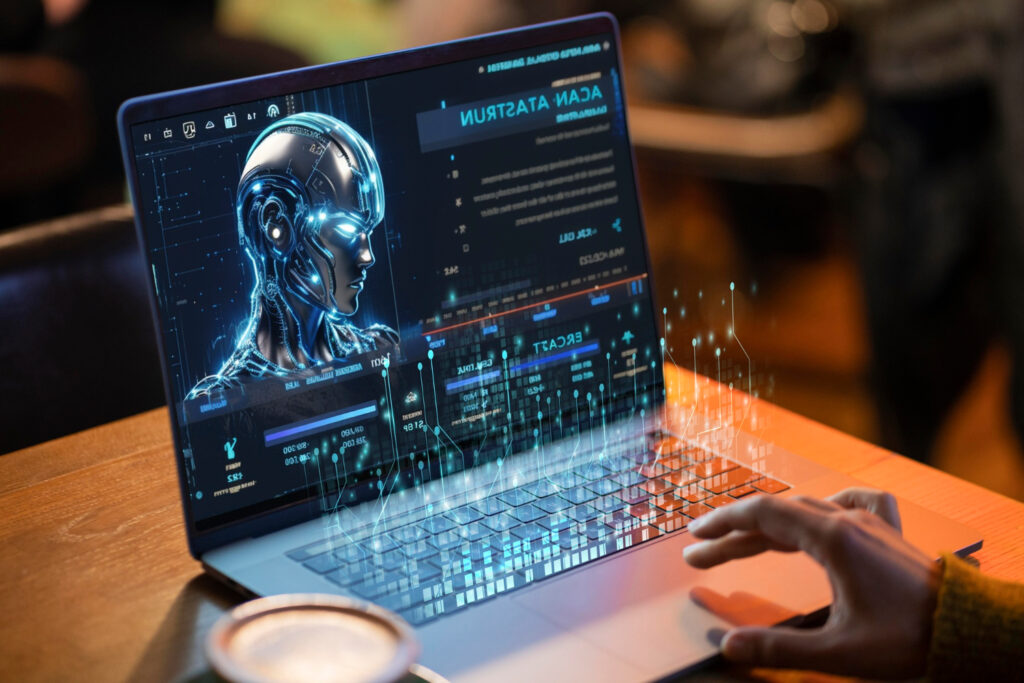M+E Daily

M&E Journal: Identity Forces
Story Highlights
Systemic change is once again impacting the talent industries of entertainment and sports – and existential questions are on the table. In a year that saw historic work stoppages by both SAG-AFTRA and WGA — by December 2023 — the SAG-AFTRA strike settlement (with the AMPTP) was ratified by union members.
And while the main issue of compensation rates over streaming revenues were at the core of the beef, another issue stole the headlines across the mediasphere — and that was, and is, AI.
Rising voices about concerns about the misuse of generative AI and deep fake technology, whether with the Hollywood talent strikes, or from the White House (with President Biden’s US executive order on artificial intelligence ), or from the U.S. Senate’s Nurture Originals, Foster Art, and Keep Entertainment Safe (NO FAKES) Act of 2023 bipartisan proposal, all have elevated awareness about protecting the autonomy and value of talent’s identity essence (their name, image, and likeness, or NIL, rights).
 Talent and their management will want to be both protected from unauthorised uses of their NIL rights (e.g., like the recent “Dental Plan” Tom Hanks deep fake, and the fraudulent deep fake videos of Mr. Beast, and Scarlett Johannsen) — and at the same time, want the option, the agency, to be virtual — to have a digital twin — and will want to properly license, track, and monetise instances and versions of themselves.
Talent and their management will want to be both protected from unauthorised uses of their NIL rights (e.g., like the recent “Dental Plan” Tom Hanks deep fake, and the fraudulent deep fake videos of Mr. Beast, and Scarlett Johannsen) — and at the same time, want the option, the agency, to be virtual — to have a digital twin — and will want to properly license, track, and monetise instances and versions of themselves.
In other words, it’s all about the “4 C’s”: Consent, Control, Credit, and Compensation.
Now, with a new three-year SAG-AFTRA contract, actors will “have the right of [informed] consent, and the right to fair compensation anytime some sort of digital replica or replacement of them is used,” according to Duncan Crabtree-Ireland, lead counsel for the actor’s union.
The proposed agreement sets a minimum compensation level for AI uses, and actors also are free to negotiate higher payments.
The three types of talent that are articulated in the agreement (that we know of) are: Employment-Based Digital Replicas, Independently Created Digital Replicas, and Synthetic Performers.
But here’s the undeniable thing: it is said that “you cannot automate what you cannot identify,” so, accordingly, the need for tagging and labelling tools — using a standards-based, machine-readable unique identifier, to help attest to the provenance and authenticity of legal persons, their virtual identities, and fictional characters in the value chain — is essential.
A BIT OF HISTORY
Since 2017, Hollywood (studios, networks, talent agencies and payment processors) have explored the concept of creating a registry to manage a global, interoperable talent ID standard (a unique, persistent, machine-readable and freely resolvable ID number, like the Emmy-winning EIDR content ID or a UPC barcode/GTIN number) to automate current costly manual processes of talent ID matching, disambiguation, and verification.
All in the service of efficient discoverability, royalty collection, and revenue tracking.
Additionally, new privacy laws like California’s California Privacy Rights Act (CPRA, effective Jan. 1, 2023) make it critical that companies (to avoid liability) not use personally identifiable information (PII), like Social Security Numbers, for legal individuals in business and transactional workflows.
And while other media sectors have successfully auto- mated and scaled their supply chains around standardised, unique IDs — such as music (ISRC), advertising (Ad-ID), and book publishing (ISBN) — not so the talent side of the M&E industry.
With the need for a global B2B talent ID registry established, the question of the precise definition of “talent” has emerged.
The criteria and critical metrics of talent notability must be defined and articulated — not just for legal entity actors and athletes, but, with the growth of talent participations in 3D video game and virtual world environments, their licensed virtual human identities as well.
A methodology to cover persistent identification of unique performing arts talent in both real and virtual world appearances therefore is key.
Further, with the monetisable NIL rights participation of talent from professional athletics in TV advertising, broadcast, film, video games, and virtual worlds, the registry would be beneficial if inclusive of these identities as well.
Lastly, a well-designed talent ontology would embrace the identification of fictional characters (e.g., Barbie, Spider-Man, Batman, etc.) interchangeably portrayed on screen and stage by the aforementioned legal entity/natural persons.
 HAND (Human & Digital) is just such a new talent ID registration agency, operating as a B2B/SaaS platform under the Digital Object Identifier (DOI) Foundation (ISO 26324:2022, est. 1997), serving as the most widely-adopted standard for object identification in the research and scientific community, as well as EIDR – currently managing 308 million unique IDs at 1.3 billion ID resolutions per month.
HAND (Human & Digital) is just such a new talent ID registration agency, operating as a B2B/SaaS platform under the Digital Object Identifier (DOI) Foundation (ISO 26324:2022, est. 1997), serving as the most widely-adopted standard for object identification in the research and scientific community, as well as EIDR – currently managing 308 million unique IDs at 1.3 billion ID resolutions per month.
As the first talent ID designed with the business and IP needs of Hollywood and sports leagues / federations in mind, the HAND Talent ID brings 21st century supply chain automation to an industry that has been talking about it for years.
And as future revenue potential for top-level talent undoubtedly includes digital replica participations, HAND Talent IDs are ready to provide lasting interoperability – enabling attribution, provenance, and chain-of-custody to future smart contracts.
Attestations of authenticity that matter.
HAND is also working with industry-wide organisations such as the C2PA (the Coalition for Content Provenance and Authenticity) as a contributor to source verification (provenance) standards, and with IPTC (International Press Telecommunications Council) on standards and protocols for metadata messaging the authenticity of notable talent in the news industry.
HAND’s platform is now commercially available, after our successful Beta Partner Program with notable companies such as Sony Pictures Entertainment, Meta Martis, American Film Institute, Fabric Data, Wild Capture, Nash Info Services, The Scan Truck, and MetaRex Media.
We welcome discussions with additional partners across the media supply-chain. We also invite you to come visit HAND and get a demo of the HAND Central Talent ID database at the 2024 NAB Show – in the PropelME Startup Zone in West Hall.
* By Will Kreth, CEO, HAND (Human & Digital) *
=============================================
Click here to download the complete .PDF version of this article
Click here to download the entire Winter 2023 M&E Journal









